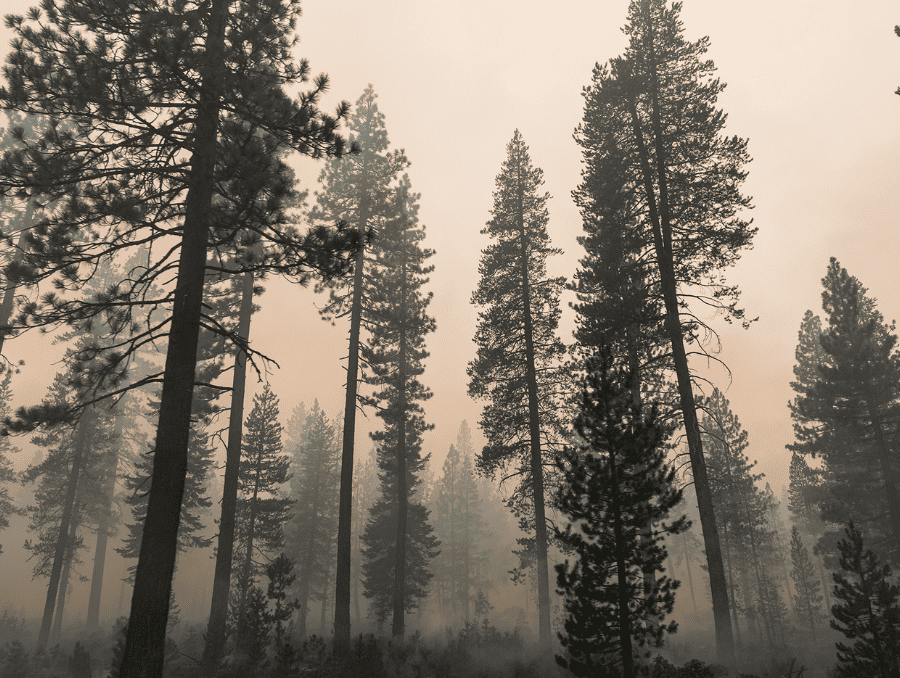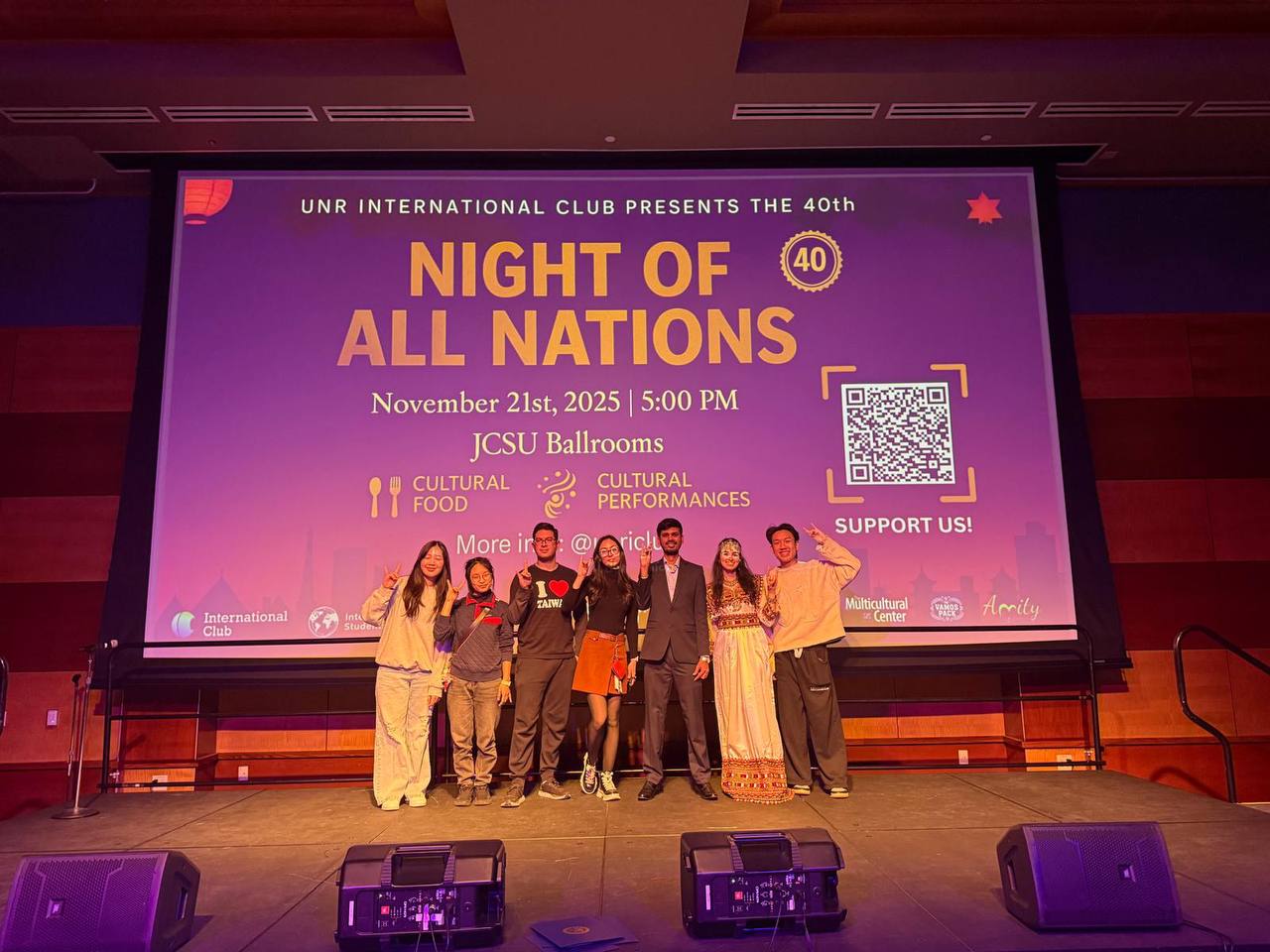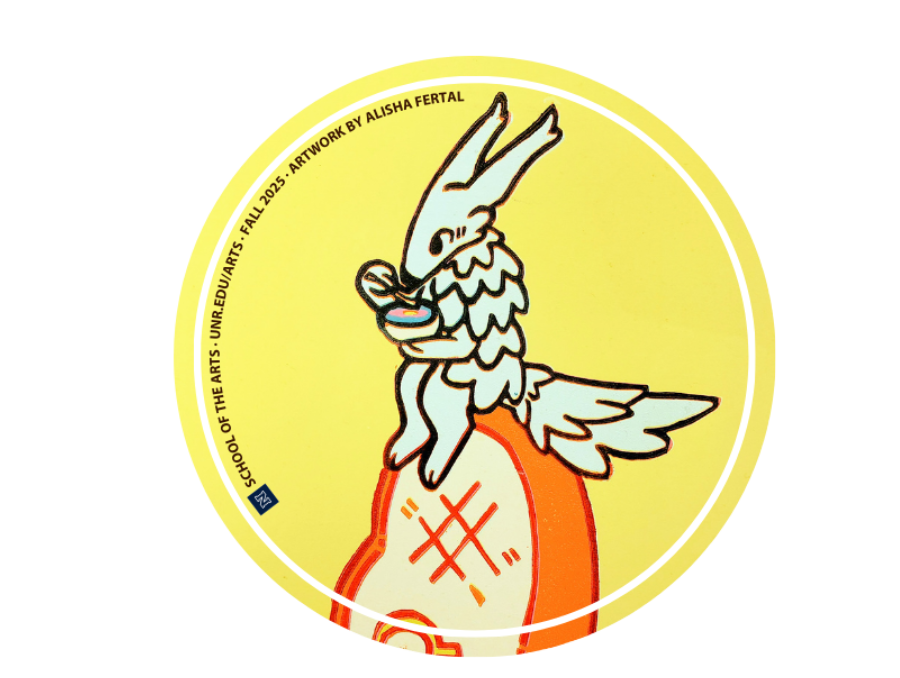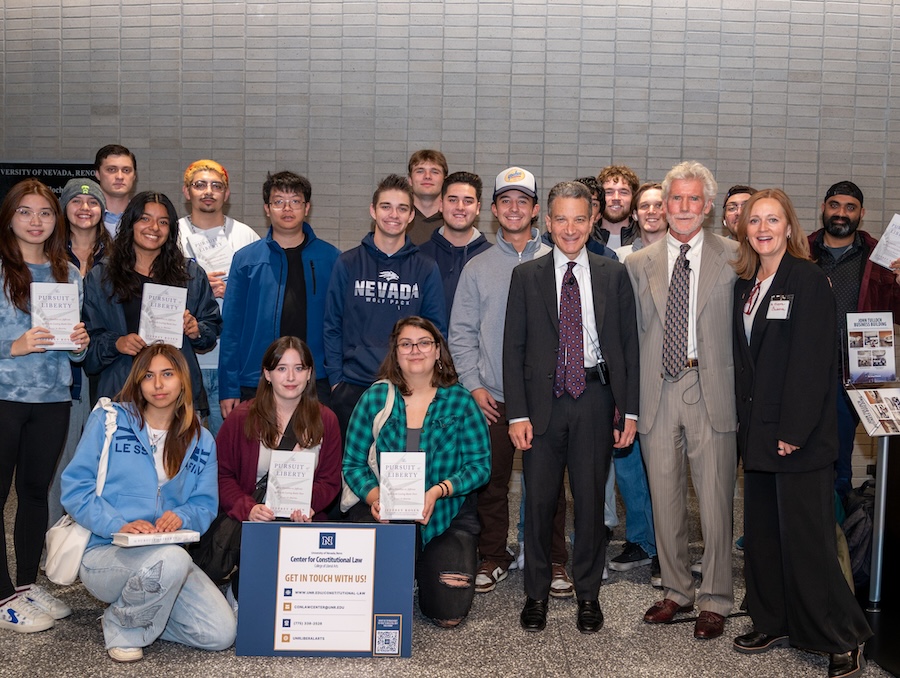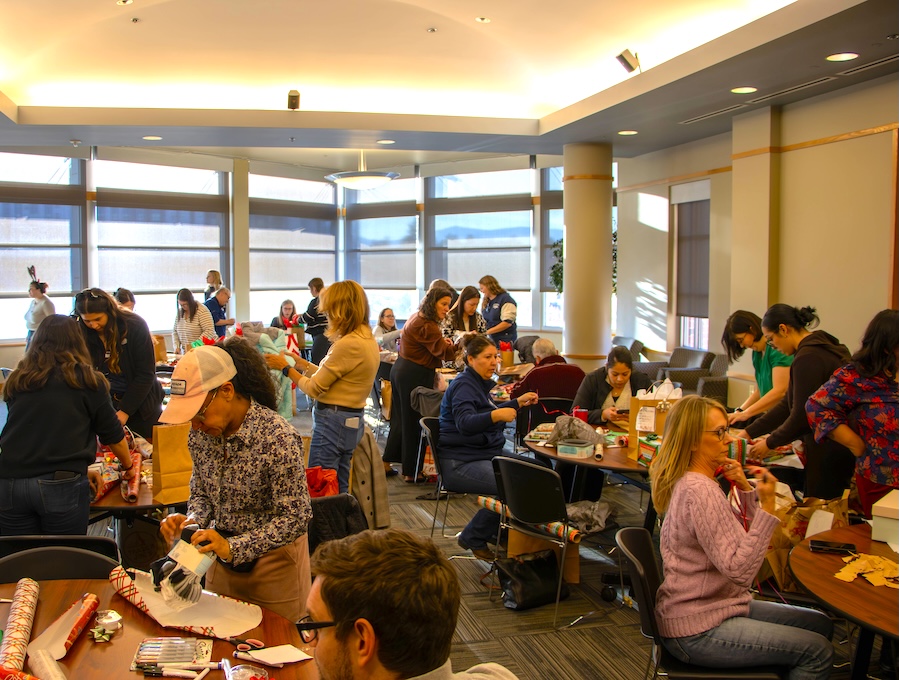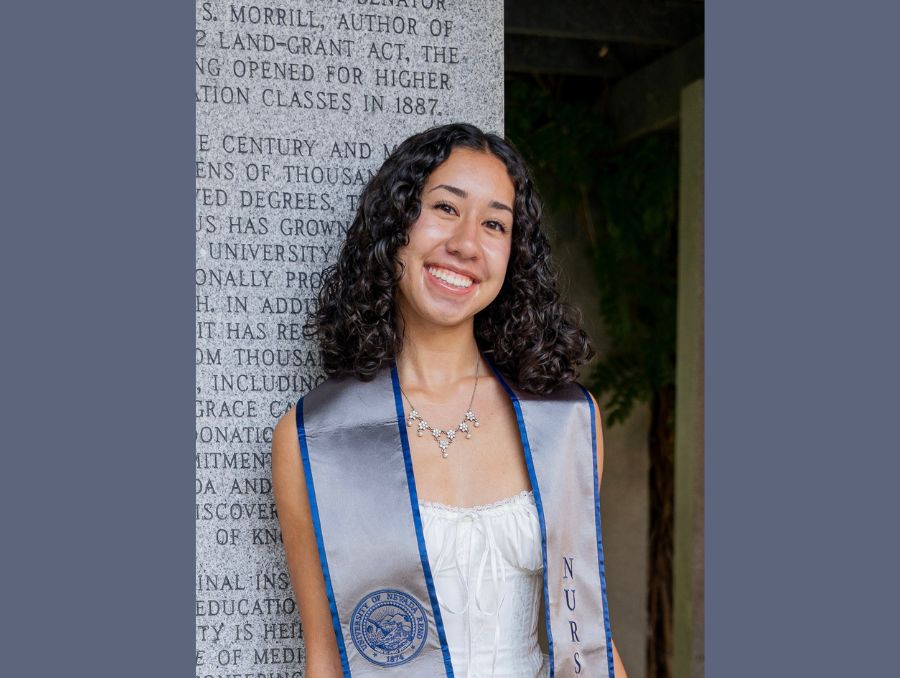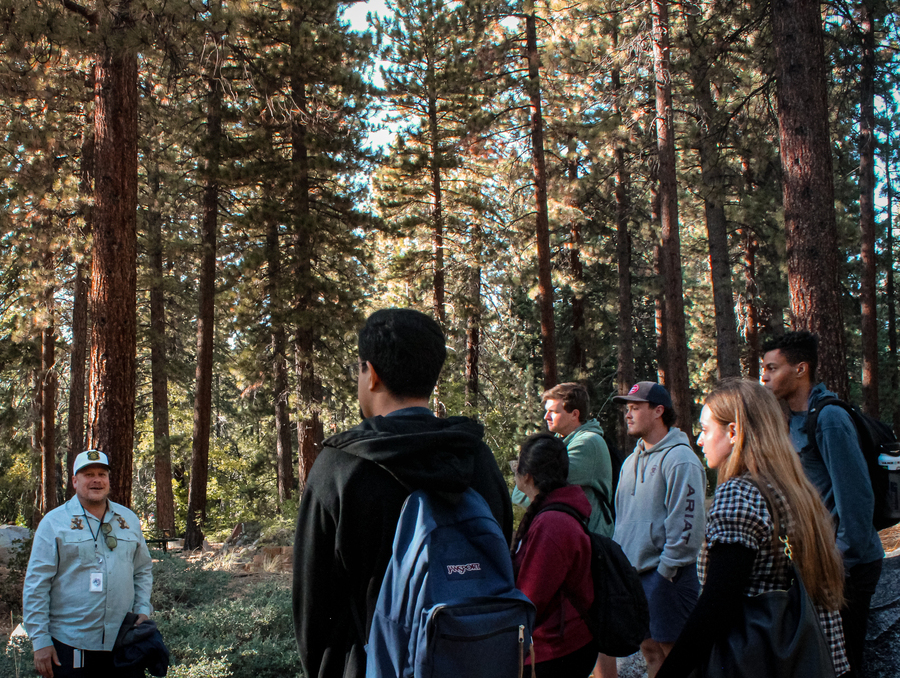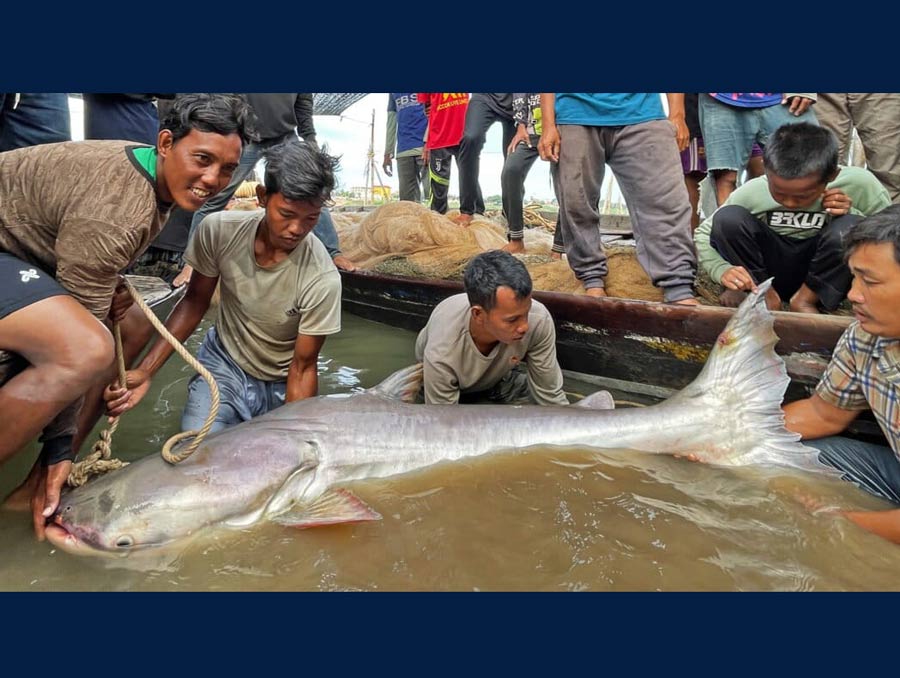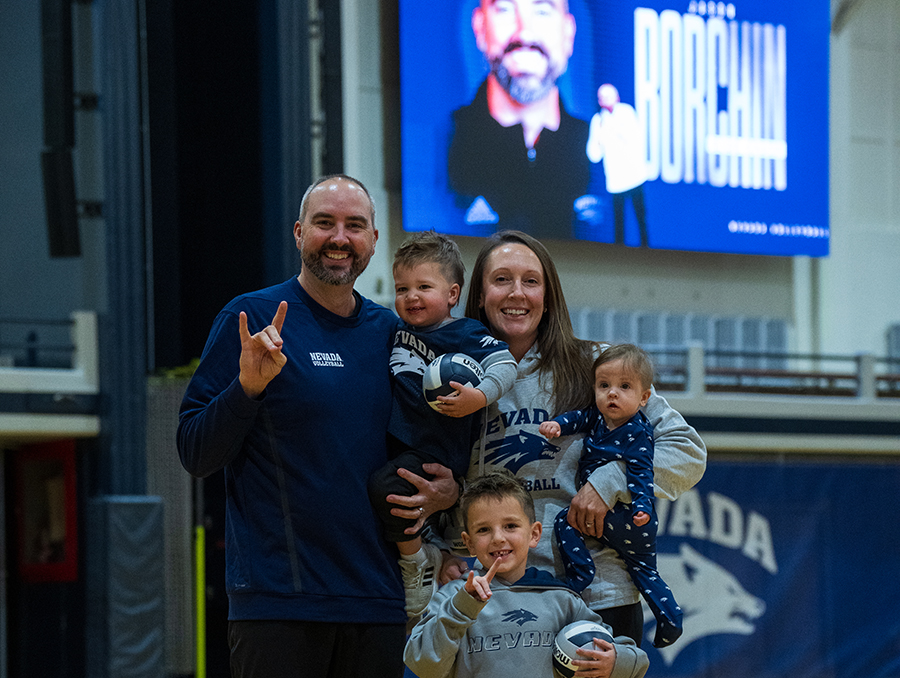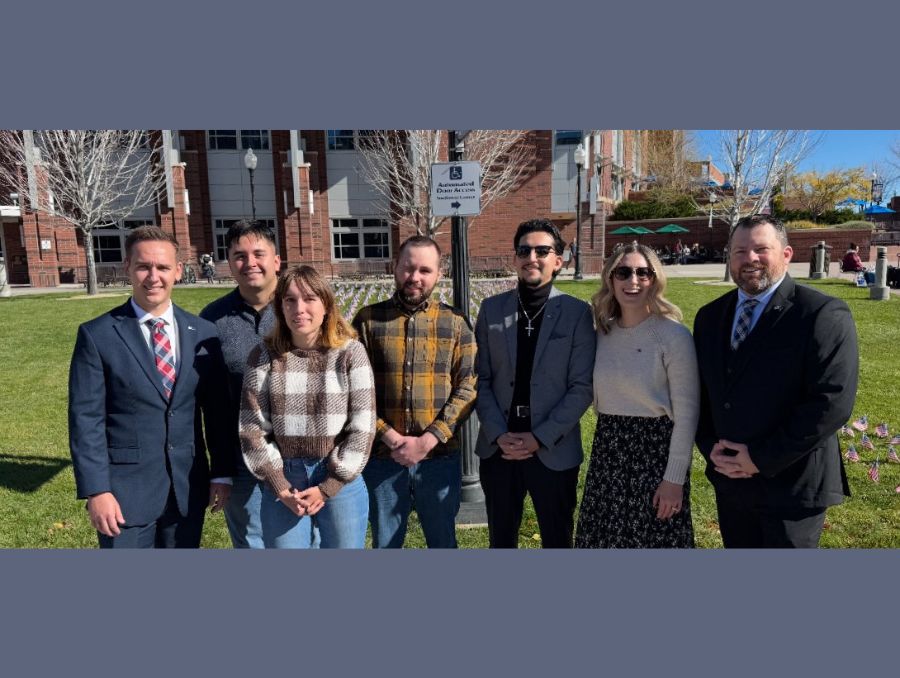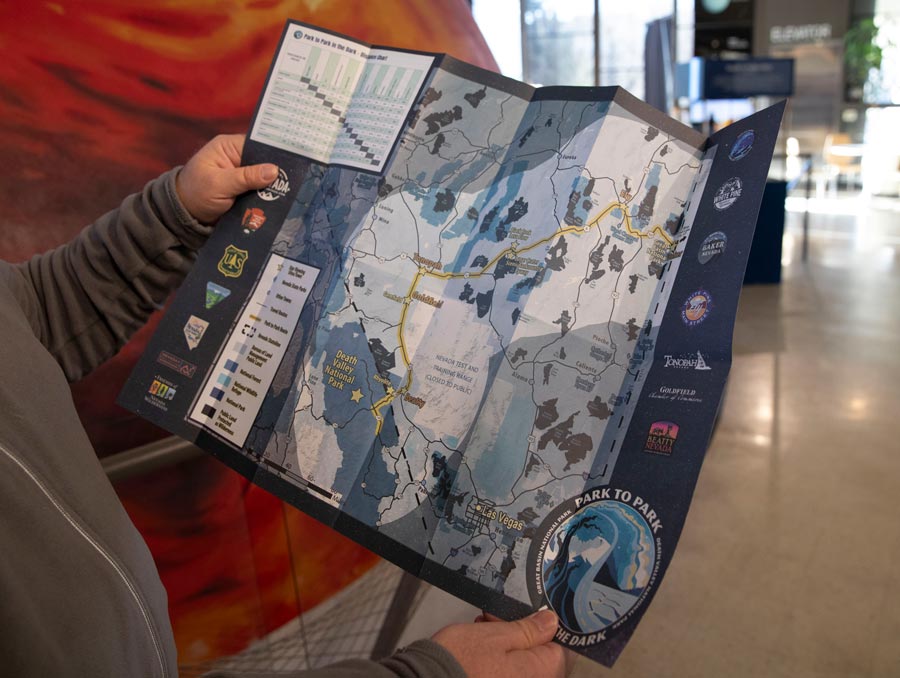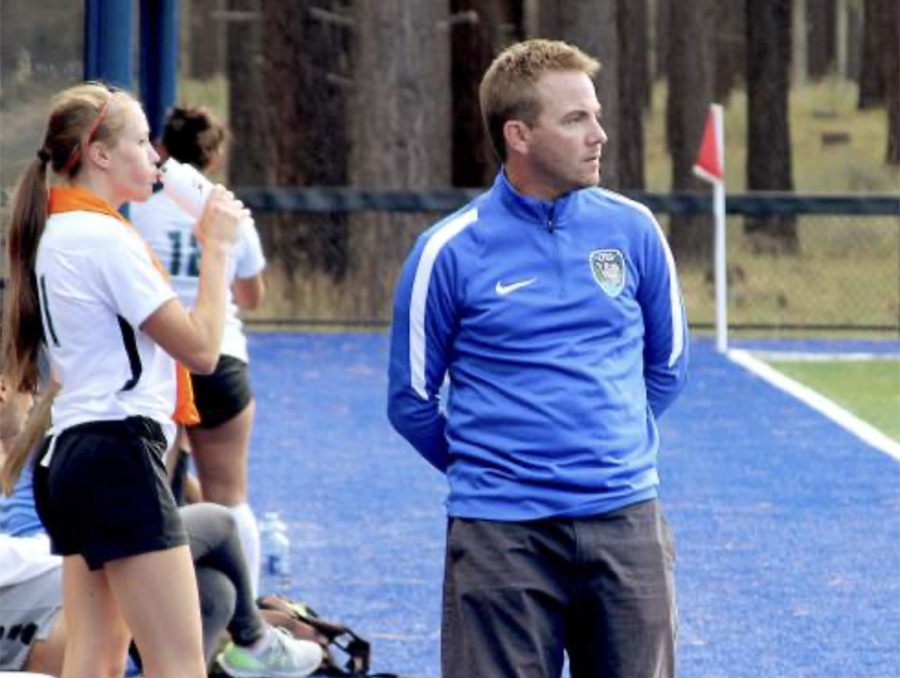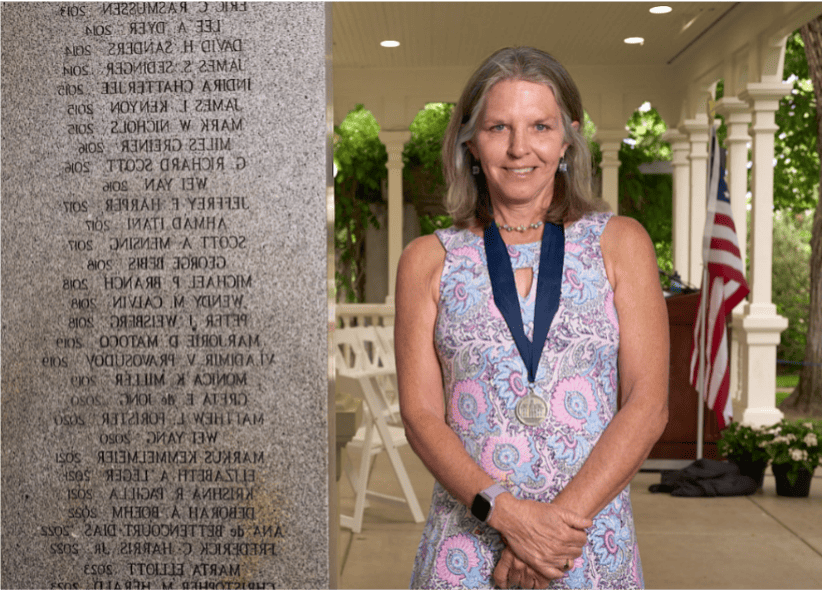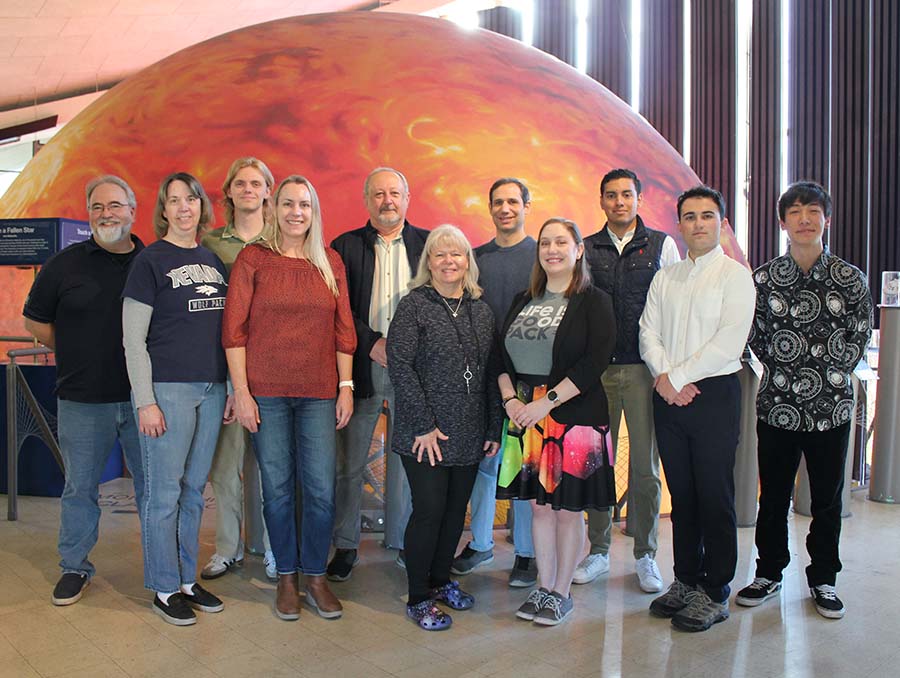As of June 23, 2025, more than 32,000 wildfires have burned across the United States. One of the most recent, the Conner Fire south of Reno, expanded to over 17,000 acres in just two days. Wildfires like this are becoming more frequent and intense; a clear signal of the changing environmental conditions we face.
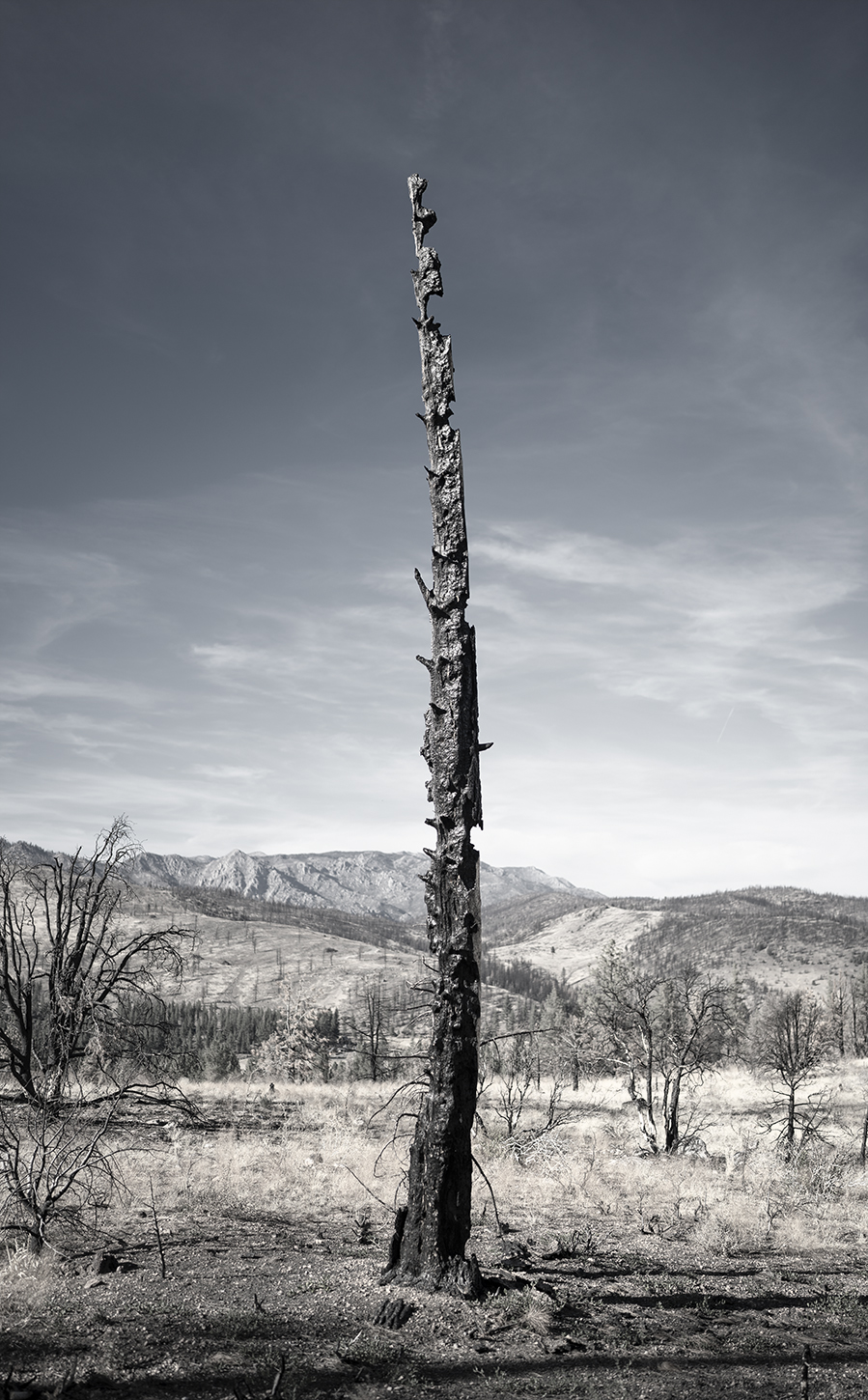 The aftermath of a forest fire is devastating, leaving trees charged, and ecosystems depleated. Photo by Scott Hinton.
The aftermath of a forest fire is devastating, leaving trees charged, and ecosystems depleated. Photo by Scott Hinton.Showcased at Reno’s local Sierra Arts Foundation, Convergence Zone is a collection of artists and scientists where the subject of fire, specifically forest/wildland fires connect aesthetics, research, concern and conservation. It is evident in the devastated landscapes of the west where forest and wildland fires have been fueled by a variety of factors and continue to result in large catastrophic disasters. As the human wild interface expands into a mosaic filled forest of combustible fuel and homes, the conversation is a complex negotiation living with and adapting to the new paradigm of an extended fire season in the Western United States and now across the country. Convergence Zone is an exhibition that brings together various creative and scientific perspectives to provide outreach and detailed imagery of our critically strained forests and wildland deserts.
Originally shown at the University of Nevada, Reno at Lake Tahoe in partnership with the Lake Tahoe Wildfire Summit, Convergence Zone was curated by Scott Hinton and supported by faculty member Sudeep Chandra, who helped link campus researchers with artists.
The exhibition includes striking visual works:
- Lindsay Godin’s black and white photos capture the stark aftermath of fire-scorched landscapes.
- Ahren Hertel’s smoke-heavy paintings show the choaking glow of flame-lit skies.
- Bobby Lee’s prints are from his summer documenting the Whittell Forest highlight the living laboratory of the forests between Lake Tahoe and Washoe Valley.
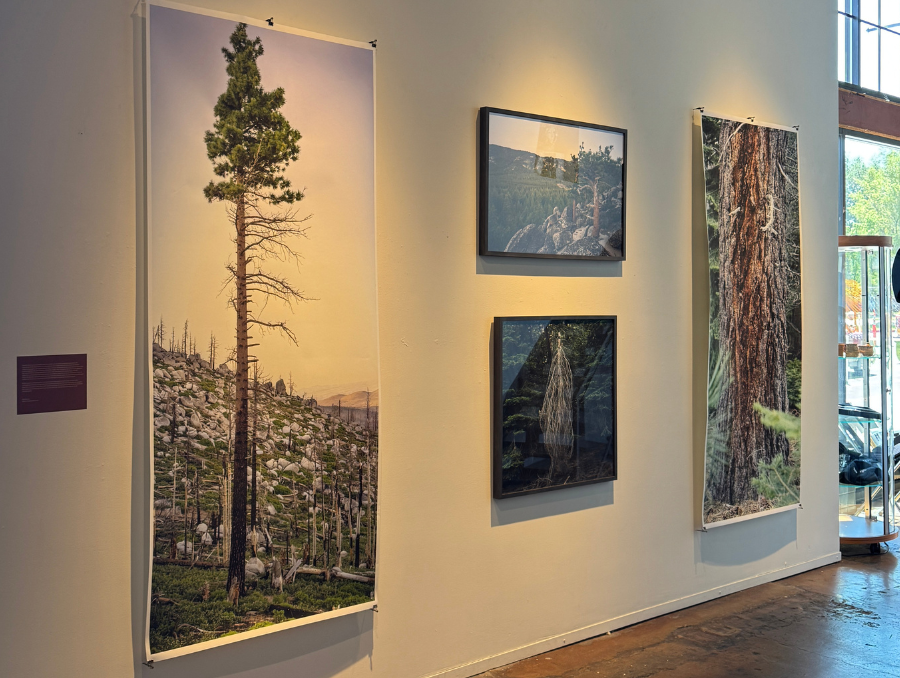 Bobby Lee's photography of Whittell Forest, NV currently displayed in the exhibit, Convergence Zone.
Bobby Lee's photography of Whittell Forest, NV currently displayed in the exhibit, Convergence Zone.- Richard Bednarski brings a journalistic angle, focusing on life in California’s fire-prone foothills.
On the scientific side, research teams are using advanced modeling to study wildfire behavior and its impacts:
- Facundo Scordo’s team models smoke and ash movement near Lake Tahoe.
- Erin J. Hanan, Jianning Ren and others examine how wildfires affect soil biology and how bark beetles change fire patterns.
- The AlertWildfire camera network, developed by Graham Kent and Bill H. Savran, is featured for its role in detecting and monitoring fires in real time.
- Sudeep Chandra, Ph.D. University of Nevada, Reno Foundation professor and director of the Global Water Center, and the Castle Lake Environmental Research Program and team use the research station at Castle Lake to understand how smoke from regional wildfires alter lake ecologies.
Combining art and science helps turn complex wildfire data into something people can feel and understand on an emotional level. The passion each researcher brings to studying wildfires, along with the need for more collaboration in this changing ecological landscape, is key to finding ways to understand, protect, restore and heal areas damaged by fire.
Convergence Zone invites viewers to experience wildfire as both data and emotion, science and story — a shared challenge in a changing world.
